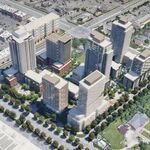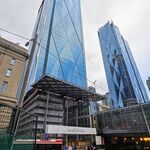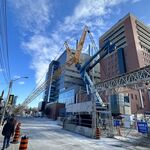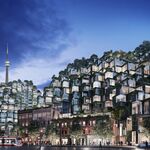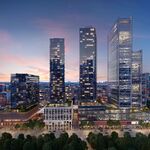This week, SkyriseCities' 'Explainer' series returns with an overview of the so-called 'groundscraper,' a neologism that's catching on as an emerging term in the urban vocabulary. Though not always as conspicuous or evocative as their high-rise counterparts, groundscrapers can have just as much of an impact on the urban realm:
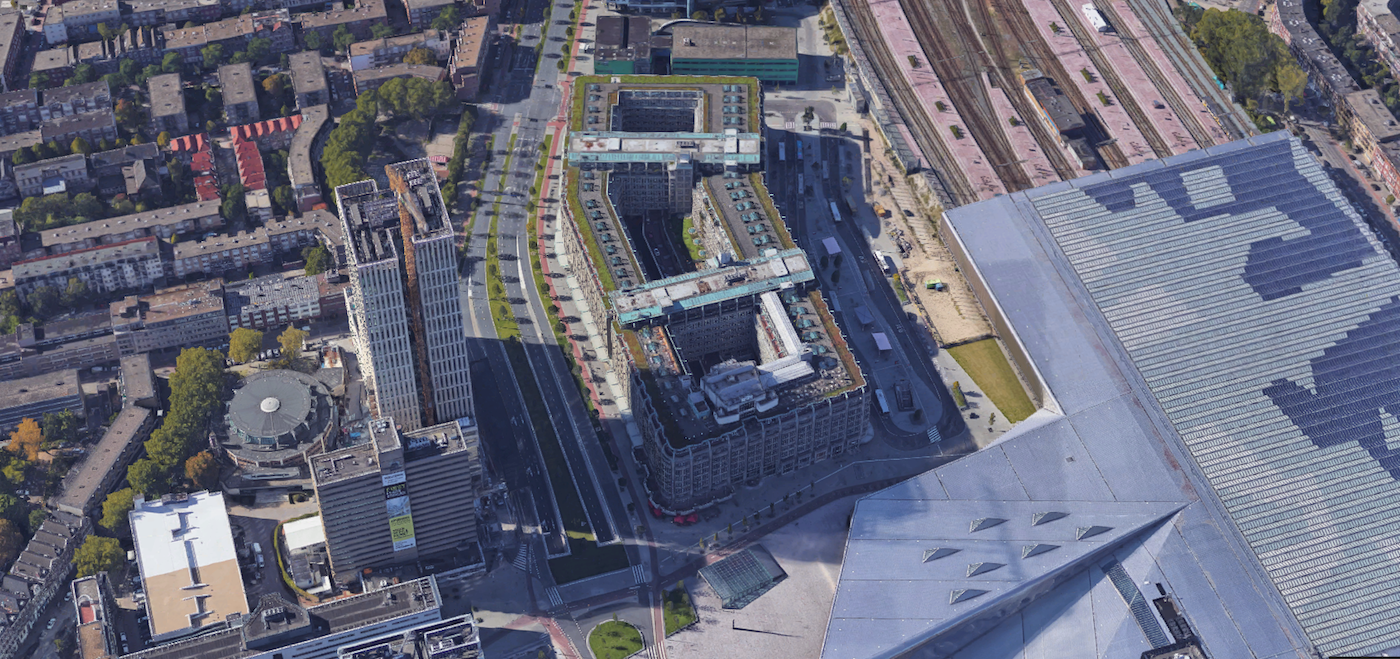 The Groothandelsgebouw in Rotterdam, image retrieved from Google Maps
The Groothandelsgebouw in Rotterdam, image retrieved from Google Maps
We focus most of our coverage on skyscrapers, which have an indelible impact on skylines around the world. But just as important to the urban fabric of a city are low-rise and mid-rise buildings, which contribute to the pedestrian experience, and often form a consistent street wall of multiple uses. For short buildings that occupy a large amount of land, the ground-level entry and exit points are usually given increased attention. They don't have enormous height to make a statement, so any eye-catching architectural articulation has to happen at close range to the user. Gradually entering the vocabulary of urban planning and architecture, the term groundscraper denotes a large building, typically containing office uses, that principally stretches horizontally rather than vertically. Here, the importance of the plinth is emphasized, given the sheer size of the footprint.
You can find the rest of the story on our sister site, SkyriseCities.com.

 1.1K
1.1K 












